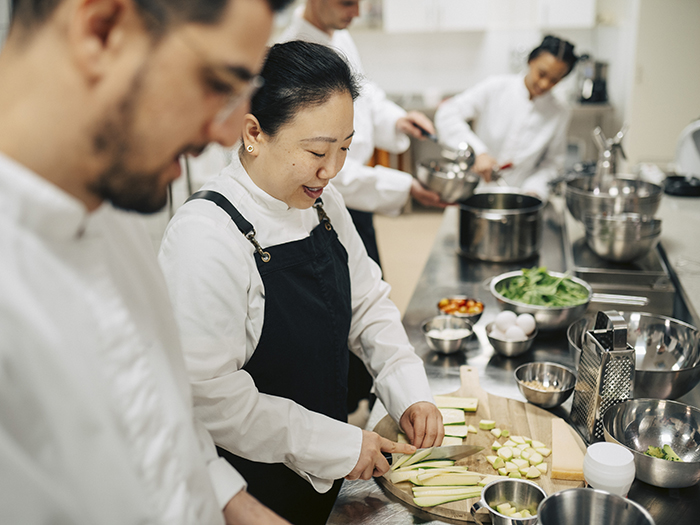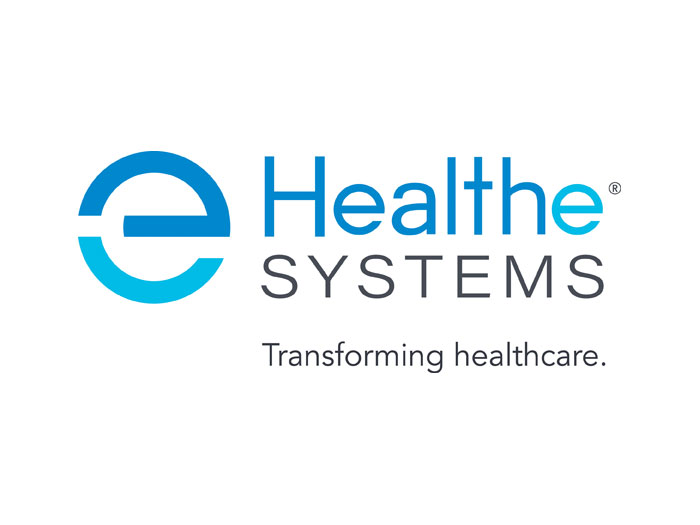Restaurant Worker Safety: Understanding the Hidden Costs Behind Kitchen Injuries

Restaurant workers face hazards at every turn—from razor-sharp knives and bubbling fryers to slippery floors and heavy stockpots. These daily dangers translate into thousands of workplace injuries annually, creating significant operational and financial challenges for restaurant owners nationwide. A comprehensive new analysis of six years of workers’ compensation claims data reveals a striking contrast between injuries that occur most frequently and the ones that carry the highest costs.
“The data tells a compelling story about where restaurants need to focus their safety efforts,” said Matt Zender, Senior Vice President of Workers’ Compensation Product Management at AmTrust Financial. “While cuts and punctures account for the highest volume of claims, the real financial impact comes from strains and sprains that can sideline workers for weeks or months.”
The Most Common Culprits in Restaurant Injuries
According to AmTrust’s 2024 Restaurant Risk Report, which analyzed workers’ compensation claims from 2018 through 2023, cuts, punctures, and scrapes represent the most frequent injuries in restaurant settings. These injuries occur with such regularity that they outpace the second most common type of injury by 55 percent.
The data reveals that fingers bear the brunt of restaurant workplace injuries, with 20,660 reported incidents over the six-year period. This finding will not surprise anyone familiar with the fast-paced environment of commercial kitchens, where workers handle sharp knives, mandolin slicers, and other cutting implements throughout their shifts. Multiple body part injuries follow as the second most common, with 13,243 incidents, while hand injuries round out the top three at 12,051 cases.
“Restaurant workers perform repetitive tasks under time pressure, often in cramped spaces with multiple hazards present,” Zender explained. “The combination of sharp tools, hot surfaces, wet floors, and heavy lifting creates a perfect storm for workplace injuries.”
Beyond cuts and lacerations, the report identifies burns from hot surfaces and oil as another prevalent injury type. Workers regularly interact with grills, fryers, ovens, and steam tables that can reach temperatures exceeding 400 degrees Fahrenheit. Additionally, muscle strains and sprains plague both front and back-of-house staff, resulting from slips and falls, repetitive motions, prolonged standing, and improper lifting techniques.
The Financial Reality: When Common Doesn’t Equal Costly
While cuts may dominate injury statistics, the financial analysis reveals a starkly different picture. Strains carry an average cost per claim of $10,672—nearly 500 percent more expensive than cuts, which average just $1,798 per claim. This disparity highlights a critical insight for restaurant operators: preventing less common but more severe injuries can have a disproportionate impact on workers’ compensation costs.
“The disconnect between frequency and severity is something we see consistently across the restaurant industry,” said Zender. “A minor cut might require a few stitches and minimal time off, but a back strain can result in months of physical therapy, lost productivity, and potential surgery.”
The data shows that sprains follow closely behind strains with an average cost of $9,966 per claim, while contusions average $4,795 and burns $4,326. Most tellingly, injuries affecting multiple body parts—though representing just 1 percent of total claims—generate average payouts of $12,149, representing a 484 percent increase over finger injury claims.
Fractures, cumulative injuries, and multiple physical injuries top the list of most expensive claim types. These severe injuries often result from falls from height, such as when workers use ladders to access storage areas, or from catastrophic incidents involving multiple hazards simultaneously.
“Restaurant owners often focus their safety training on knife skills because cuts are so visible and frequent,” Zender noted. “But our data suggests equal or greater attention should be paid to ergonomics, proper lifting techniques, and fall prevention—areas that generate the claims that really impact the bottom line.”
Prompt reporting of injuries is also critical, helping employees receive faster care, reducing complications, and speeding up recoveries. Some insurers support this with nurse triage services that allow injured workers to initiate the claims process immediately, improving health outcomes while lowering costs.
Building a Comprehensive Safety Strategy
Creating safer restaurant environments requires a multi-faceted approach that addresses both high-frequency and high-severity risks. The report outlines several evidence-based strategies that can significantly reduce injury rates and associated costs.
For preventing strains and sprains—the costliest injury categories—proper lifting techniques form the foundation of any effective safety program. Workers should receive training in planning lifts before starting, getting close to loads before lifting, using leg muscles rather than back muscles, and keeping loads close to the body during transport. “Simple changes in workplace design can make a huge difference,” Zender said. “Storing heavy items on lower shelves, providing appropriate ladders and footstools, and installing floor mats in areas where workers stand for extended periods can prevent many of these expensive injuries.”
Restaurants can also reduce strain injuries by implementing job rotation schedules that limit repetitive motions, providing mechanical equipment for repetitive tasks where feasible, and ensuring work surfaces are at appropriate heights for different tasks and worker heights.
For addressing the high volume of cuts and lacerations, the report recommends requiring cut-resistant gloves as standard equipment for all knife work, ensuring proper knife storage when not in use, using stable cutting boards, and training workers to cut away from their bodies. “Protective equipment doesn’t have to slow down operations,” Zender explained. “Modern cut-resistant gloves maintain dexterity while providing crucial protection. It’s a small investment that pays dividends in reduced injuries and workers’ compensation claims.”
Slip and fall prevention represents another critical area, as these incidents can result in various injury types from minor bruises to severe fractures and head injuries. Effective strategies include mandatory slip-resistant footwear policies, immediate spill cleanup protocols, strategic placement of slip-resistant mats with beveled edges, and proper training on floor cleaning procedures, including correct soap-to-water ratios.
Burn prevention, while representing a smaller portion of claims, still requires attention given the prevalence of hot surfaces in restaurant environments. Key measures include using proper protective equipment like oven mitts rather than towels, implementing cooling periods for heavy hot items before lifting, following established procedures for deep fryer operation, and installing splash guards where appropriate.
As a leading insurer of restaurants and their employees across the United States, AmTrust has developed comprehensive risk management solutions that go beyond traditional insurance coverage. The company’s approach combines data-driven insights with practical, implementable safety programs tailored to the unique needs of restaurant operations.
“We work directly with restaurant owners to identify their specific risk factors and develop customized prevention strategies,” Zender said. “This might include on-site safety assessments, employee training programs, or recommendations for equipment and workplace modifications. Our goal is to prevent injuries before they happen, which benefits everyone—the workers stay healthy and productive, and the restaurant avoids the direct and indirect costs associated with workplace injuries.”
AmTrust’s risk control services include access to safety resources and training materials specifically designed for the restaurant industry, regular consultations with risk control specialists who understand restaurant operations, and assistance with regulatory compliance and best practice implementation. The company also provides ongoing support through its digital platforms, offering safety videos, downloadable training materials, and industry-specific guidance.
Looking ahead, the restaurant industry faces continued challenges as labor shortages may lead to less experienced workers handling dangerous equipment, and economic pressures might tempt operators to defer safety investments. However, the data clearly demonstrates that proactive safety measures represent a sound financial strategy, not just a moral imperative.
“Restaurants that invest in comprehensive safety programs see returns through reduced workers’ compensation premiums, improved employee retention, and enhanced productivity,” Zender said. “In an industry with notoriously thin margins, preventing just one severe injury can make the difference between profitability and loss for the year.”
The path forward requires commitment from both restaurant leadership and frontline workers. By understanding which injuries occur most frequently and which carry the highest costs, operators can make informed decisions about where to focus their safety efforts and resources. With proper training, appropriate equipment, and a culture that prioritizes safety alongside service, restaurants can significantly reduce both the human and financial costs of workplace injuries.
Access AmTrust’s 2024 Restaurant Risk Report here. &










